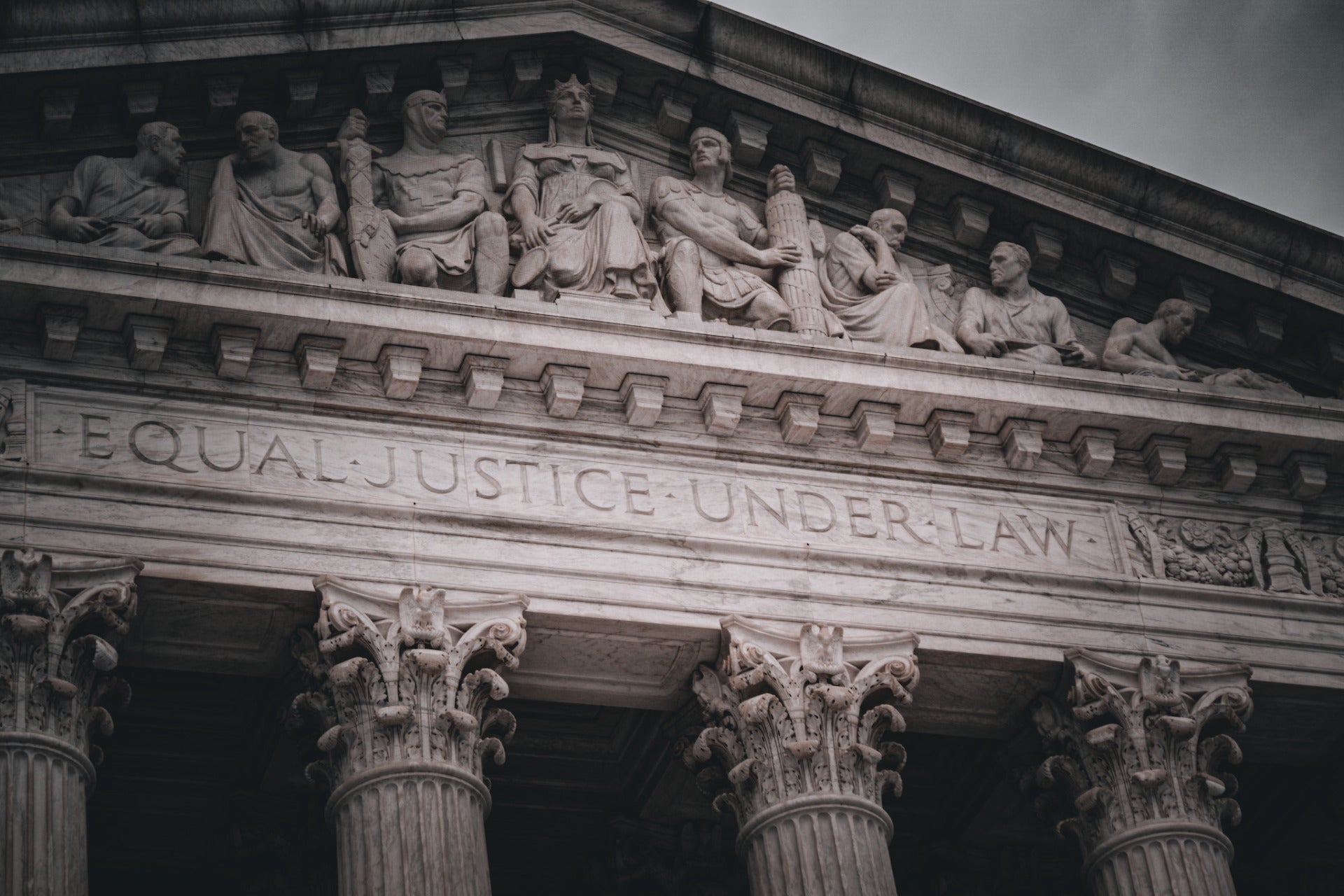This article originally appeared on the Data Transparency Coalition Blog.

The Program on Philanthropy and Social Innovation (PSI) at the Aspen Institute’s Nonprofit Data Project convenes leading figures in the field of nonprofit research and data to discuss and improve our nation’s nonprofit data collection system. Primary participants include GuideStar, Center on Nonprofits and Philanthropy at the Urban Institute, Foundation Center, the Lilly Family School of Philanthropy at Indiana University, and the Center for Civil Society Studies at Johns Hopkins University.
Read below to learn about how a White House budget proposal could result in greater transparency of nonprofit data.
President Barack Obama released his FY 2016 budget this week, and there’s good news on the open data front: the Administration continues to press for mandatory electronic filing of the Form 990, the primary tax form for nonprofits. The form is a critical source of information on the mission, governance, programs, and finances of US nonprofits.
The budget proposal, if enacted, would require the Internal Revenue Service (IRS) to finally release 990 data in an open, computable format, facilitating large-scale analysis and greater transparency of the nonprofit sector. Without these reforms we will continue to face gaps in our understanding of a sector that makes up 5 percent of the nation’s GDP and more than 10 percent of all private sector employment.

The Program on Philanthropy and Social Innovation (PSI) at the Aspen Institute has been pressing for required electronic filing of the Form 990 and release of the data since the publication of our 2013 landmark study, “Information for Impact: Liberating Nonprofit Sector Data.” Subsequent to PSI’s report, support for this common sense proposal has mushroomed.
The IRS currently makes 990 forms available to the public by providing images of them in a Tagged Image File Format (TIFF) via CDs or DVDs. The process of manually converting these images, one by one, into usable data is woefully inefficient and expensive. Not to mention, this laborious process delays access to the data and increases the potential for serious error.
This point was brought home last week when Public.Resource.org, the organization run by open government data advocate Carl Malamud, won a suit against the IRS after his Freedom of Information Act request for nine electronically-filed Form 990s was denied. Malamud successfully argued that the 990s should be released in a machine-readable format, the format in which they were filed — not TIF images. The federal district judge ordered the IRS to release electronic 990 data for the nine nonprofits included in Malamud’s suit within 60 days. The IRS can file an appeal of the judge’s ruling within the same 60-day period.
The release of machine-readable 990 data on a large scale would bring the current, antiquated system into the digital age, enabling donors, nonprofit leaders, charity regulators, and businesses to more easily mine the tax form for useful applications and innovations. Aggregating and analyzing 990 data electronically allows us to not only reflect on the nonprofit sector in retrospect, but work towards improved decision-making and outcomes for the future.
The president’s budget proposal and the federal lawsuit follow on the heels of other key indicators of support: Rep. Dave Camp (R-Mich.), former chair of the House Ways and Means Committee, included an open 990 data provision in his December 2014 tax reform legislation, while Sen. Max Baucus (D-Mont.), former chair of the Senate Finance Committee, included a similar provision in his tax reform discussion draft.
The Government Accountability Office (GAO) also voiced support in a December report which recommends that Congress consider expanding the mandate for electronic filing of nonprofit tax forms. The GAO report notes: “Expanded e-filing may result in more accurate and complete data becoming available in a timelier manner, which in turn, would allow the IRS to more easily identify areas of non-compliance.”
Despite bipartisan support and nods of approval from a variety of stakeholders, open 990 data has yet to become law. The continued inclusion of nonprofit e-filing/open data in the president’s 2016 budget and the successful lawsuit, however, are signs of the momentum building around this cause. We owe it to the nonprofit sector’s constituents — including food insecure children, people with disabilities, and the elderly — to create the most efficient and high-impact organizations possible. Open, machine-readable data is a key part of that process and eventually its time will come.
Cinthia Schuman is deputy director for Philanthropy Programs for The Aspen Institute Program on Philanthropy and Social Innovation (PSI). Zach Wenner is a PSI program associate.

